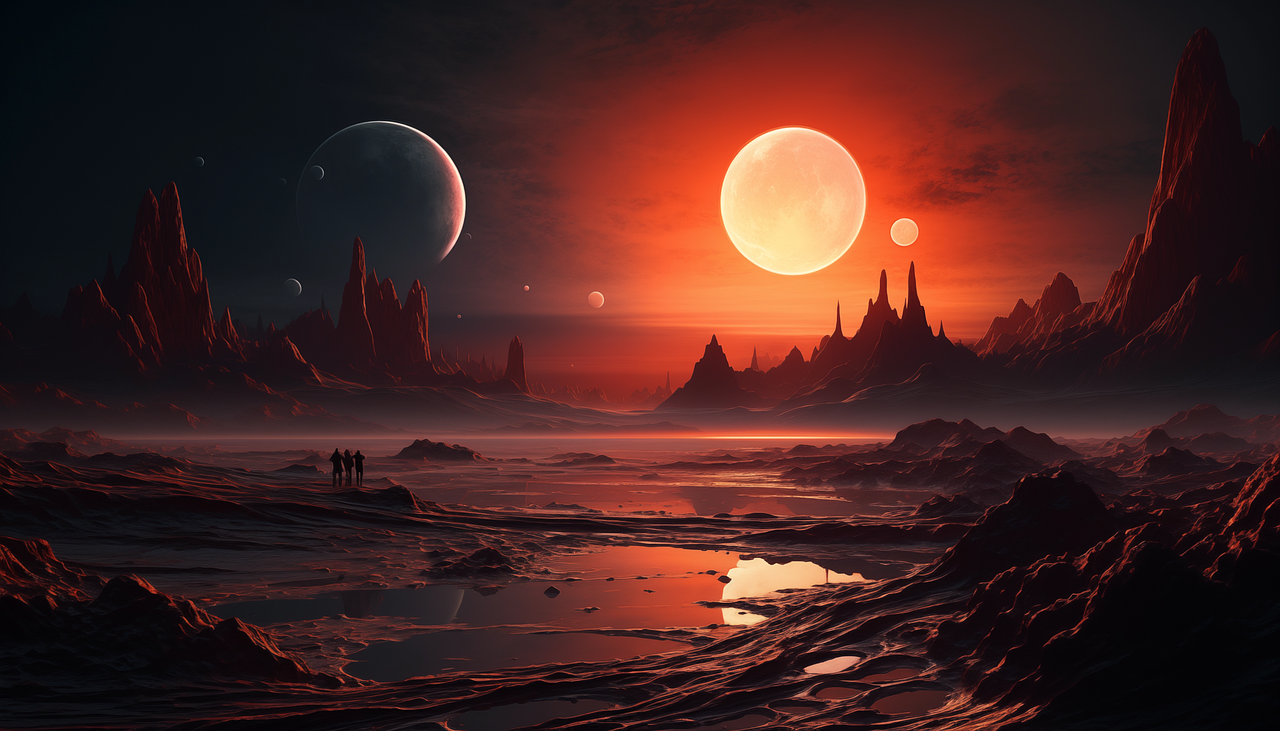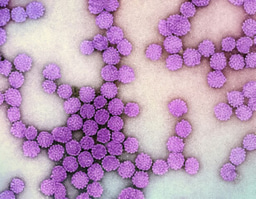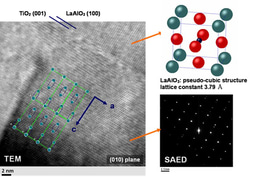Life might be based on sulfuric acid and carbon dioxide instead of water
Published in Astronomy and Ecology & Evolution

The question about the alternative types of biochemistry, different from our water-protein world, emerged as soon as we have revealed that the neighboring planets are quite dissimilar from Earth in terms of their physical conditions. Clouds of Venus consist of sulfuric acid, Titan has rivers and lakes of liquid methane, and it rains molten glass on the exoplanet HD 189733 b in Vulpecula constellation. In such harsh conditions, Earth-like life had no chances to survive and evolve, but what about alternative options of biopolymers and a solvent?
The speculation about such types of biochemistry are widely circulated both in a scientific and in sci-fi community. Alternative biochemistry even has its own page of Speculative Evolution Wiki on Fandom, where options of non-water solvents and non-carbon biopolymers with their criticism are listed. However, comprehensive academic reviews of possible advantages and drawbacks of these options were missing until recently.
In January 2024, the group of MIT scientists aimed at the search for life in Venus’ clouds published an arXiv preprint on possible non-water solvents for extraterrestrial life. In this preprint, scientists attempted to set pre-specified criteria of life suitability of a solvent life and reviewed all conceivable solvents for matching these criteria. Here are these four criteria: occurrence (the candidate solvent must be stable and abundant on the planetary surface or in the clouds), solvation (the candidate solvent must solvate compounds selectively), solute stability (solvated compounds must be stable being dissolved) and solvent chemical functionality enabling the solvent to be an active participant of the hypothetical metabolism.

Scientists checked 10 solvents including water, ammonia, sulfuric acid, liquid sulfur, hydrogen fluoride and carbon dioxide. As it may be expected, water passed all checks excellently, but there were two additional solvents having good scores: carbon dioxide and concentrated sulfuric acid. Carbon dioxide has minor problems in terms of chemical functionality, and sulfuric acid is too aggressive for a solute, but, despite this, they rival liquid water by their overall assessment results.
These results are particularly important in terms of the team's research area — Venus’s clouds consist of sulfuric acid, and could be habitable because of their Earth-like temperature and pressure. However, the criteria themselves are disputable, according to Mikhail Nikitin, senior researcher at A.N. Belozerky Institute of Physico-Chemical Biology (Russia) and the author of a book on the origin of life.
“The authors seem to be too strict — they require the possibility of the existence of an ocean or large lakes on the surface. Small puddles or subsurface reservoirs might suffice for a primitive biosphere".
Mikhail Nikitin
This raises the question on how we can rely on any criteria for life suitability, if we have no strict definition for life? “I don't think that limits us as much as you might think,” — said William Bains, the first author of the study.
“It is really hard to define 'love' in a way that captures your love for your partner and your love for your children, but does not also include friendship, sexual infatuation, or addiction. But that does not stop people saying 'I love you', or there being about a million songs on Spotify about Love”.
William Bains
Reference
Bains W., Petkowski J.J., Seager S. Alternative solvents for life: framework for evaluation, current status and future research. arXiv preprint. 2024; arXiv:2401.07296 [astro-ph.EP]






Please sign in or register for FREE
If you are a registered user on Research Communities by Springer Nature, please sign in